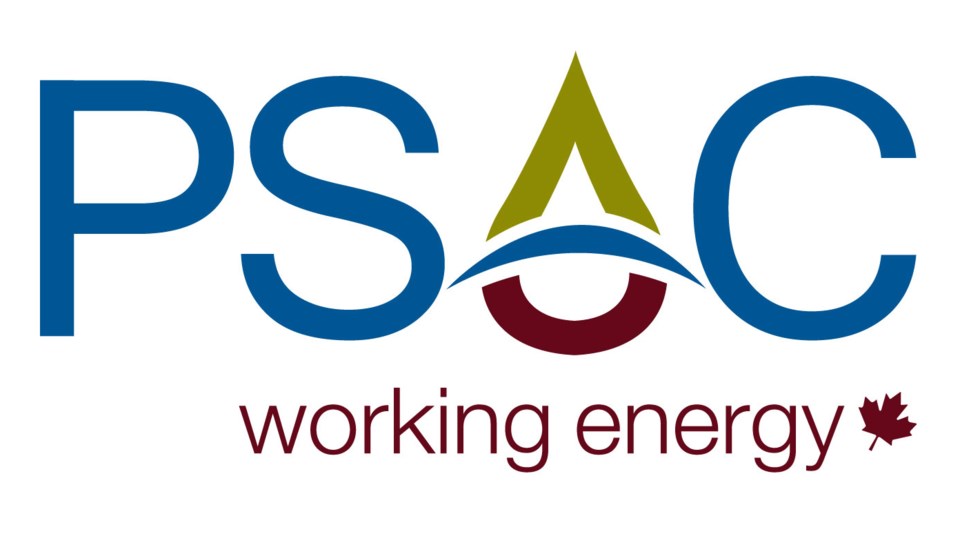The Petroleum Services Association of Canada (PSAC) expects a total of 4,175 wells to be drilled in Canada in 2017, according to the annual drilling forecast that was released on Nov. 2 during a press conference in Calgary.
The forecast represents a slight rebound in activity for the Canadian oil and gas sector, as their final revised forecast for 2016 was a total of 3,950 wells.
PSAC bases its 2017 forecast on average natural gas prices of C $2.50 per metric cubic foot, crude oil prices of US$52/barrel (WTI) and the Canadian dollar averaging US $0.76.
“We are seeing a small uptick in activity for 2016-17 as we head in to our traditional winter drilling and completion season,” said PSAC president Mark Salkeld. “Beyond that, it is hard to find support for any significant ramp up of activity over what we are forecasting, as geopolitics and increased supply continue to keep commodity prices low, and lack of access to global markets keeps a chokehold on the Canadian industry.”
On a provincial basis for 2017, PSAC estimates 1,900 wells will be drilled in Alberta, and 1,940 wells will be drilled in Saskatchewan, which represent increases of 53 and 240 wells, respectively, from 2016 levels.
Drilling activity in Manitoba is expected to decline by 68 per cent year-over-year, from 74 wells in 2016 to 50 in 2017. Activity in British Columbia is also projected to decline from 320 wells in 2016 to 280 next year.
Although the association expects 2017’s activity to be better than 2016, the projected total of 4,175 wells is still 63 per cent lower than the number drilled in 2014.
“The Canadian oilfield service, supply and manufacturing sector is a leader in providing innovation and technological support for Canada’s responsibly-developed oil and gas resources, and like our customers, the producers, we are limited in our growth here in Canada as long as we only have one customer, the U.S., a customer that has quickly become our biggest competitor,” Salkeld said.
“The world needs more Canadian oil and gas and it also needs more of the leading edge technology and expertise that comes from the Canadian oilfield services, supply and manufacturing sector, now more than ever while we have surplus capacity.”



